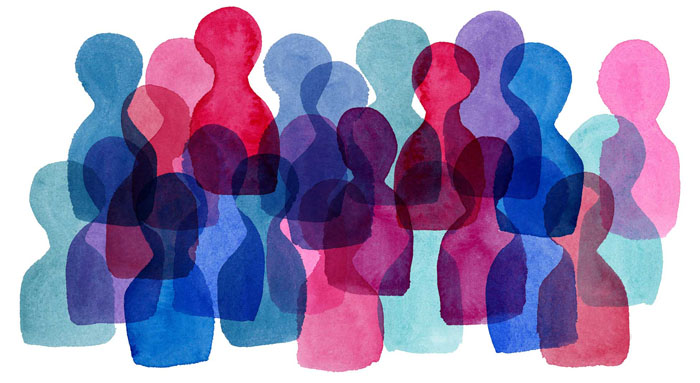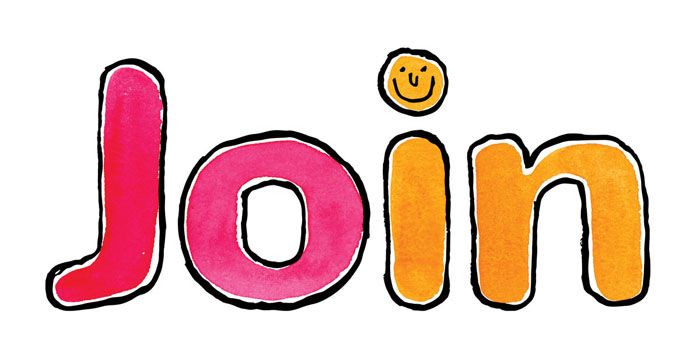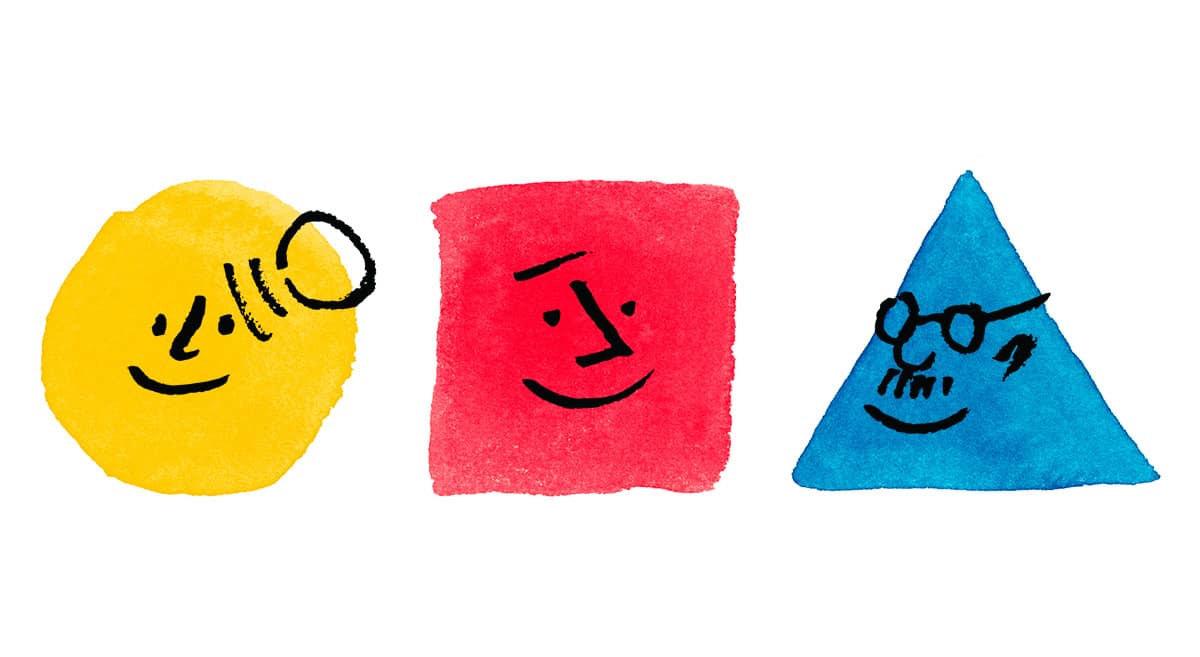
There’s an important connection between words and work. From the way we explain our company’s vision and values to the questions we ask in an interview, language is a tool for building community in the workplace even before an employment contract is signed.
And when it comes to communicating your commitment to diversity, equity and inclusion (DEI), words matter — especially when writing your job descriptions.
A recent report by Glassdoor found that over 76% of job seekers actively seek out employers with cultures that focus on workplace diversity, and we’re beginning to see leading companies respond. Major corporations such as Facebook, Amazon, Google and Apple have all begun to publicly report their diversity results.
But even if your company isn’t a household name, organizations of all shapes and sizes can benefit from a more diverse and inclusive workforce. And it all starts from the moment your recruiters and hiring managers post your next open role.
How do you write an inclusive job description?
- Create an inclusive style guide
- Avoid gender-coded language
- Remove jargon and offensive language
- Highlight inclusive benefits and accommodations
- Include an EEO / fair hiring statement
What is inclusive language? And why you should use it
Inclusive language consists of words, terms and phrases that communicate a respect for diversity, sensitivity to differences among people from various backgrounds, and equitable opportunities for all people.
And make no mistake, inclusive language is crucial to building a thriving, diverse workforce.
In fact, according to the widely publicized 2015 Glass Ceiling Index published in the NY Times, there were more CEOs called “John” or “David” than female CEOs in the entire US at the time.
While that imbalance may finally be shifting, recent data indicates that a lack of DEI is still very much an issue for today’s employees.
As of September 2021, 50% of LGBT workers report that they do not feel comfortable enough to come out to their current supervisor. And the latest data from the Bureau of Labor Statistics show that the African American community has disproportionately suffered the highest unemployment rates throughout the pandemic.
Clearly, there’s room for improvement in diversity recruiting.
The good news is that by embracing an equitable and inclusive workplace, today’s hiring managers can help shape a better future, while scooping up some serious benefits as a byproduct.
Here are just some of the benefits of a more inclusive workplace:
- Diverse companies are more profitable: Companies in the top quartile for gender diversity have been shown to outperform those in the fourth quartile by 36% in profitability.
- Feeling included boosts productivity: Experts estimate that team ambition to reach leadership positions would increase by 21% if employees felt more included at work.
- Diverse teams attract diverse customers: Diversity creates a better customer experience and allows companies to expand their audience to members of all communities.
If you’re ready to start capturing the many benefits of a more diverse and inclusive workforce, there’s no better place to start than with your job descriptions.
Let’s take a closer look at how to write a more inclusive job description, step by step.
Simple rules for writing an inclusive job description
With turnover rates at an all time high, it’s easy to simply recycle old job listings in an effort to fill seats as quickly as possible. But an out-of-date job description is not only damaging to your employer brand, it may also include out-of-date language.
Inclusive job postings not only appeal to top-tier candidates to add to your candidate pools, but can also set the stage for your entire culture as a whole.
So, how do you actually write an inclusive job description? Start by defining the guidelines you’ll use as a company.
Create an inclusive style guide for your company
Using the right terms in your everyday speech can promote inclusive language not just in your job descriptions, but within your entire company culture.
While it’s up to every organization to decide which specific guidelines they want to uphold, there are some general rules you may want to keep in mind as you begin to create your inclusive language style guide.
Here’s an overview of some of the words to avoid in your job descriptions, along with some inclusive alternatives to consider.
Parental Status:
When it comes to parental terms, male or female, be careful when discussing things such as “baby brain” or emphasizing the amount of time taken off during maternity or paternity leave.
- Use “parents / guardians” instead of “mother / father”
- Use “parenting” instead of “mothering / fathering”
Disability:
Keep in mind, not all disabilities are visible. The biggest point here is to make sure that your language around disability never implies that someone is weak or unable to do their job.
- Use “people with disabilities” instead of “the disabled / handicapped”
- Use “people without disabilities” instead of “able bodied / normal”
- Use “people who are blind” instead of “the blind”
Gender & Orientation:
Inclusive language around gender and orientation can help empower women and members of the LGBTQ community. Some companies are electing to have employees include their elective pronouns in email signatures to normalize the conversation, and provide an inclusive environment for everyone.
- Use “everyone” instead of “ladies and gentlemen’
- Use “partners / spouses” instead of “husband / wife”
- Use “sexual orientation / sexuality” instead of “sexual preference”
- Use “trans person / transgender” instead of “transvestite”
- Use “transitioning” instead of “sex change”
- Use “gay / lesbian / bisexual” instead of “homosexual”
Race:
Using adjectives rather than nouns is a good practice when speaking about race. Try to avoid racially-coded terms.
- Use “underrepresented groups” instead of “minorities”
- Use “other racial groups / people of color” instead of “colored people”
- Use “people from overseas” instead of “foreigners”
- Use “allowlisted” instead of “whitelisted”
Neurodivergent:
There’s a bit of back and forth on the term “neurodivergent” possibly being an ableist term within the community. Though many continue to use “neurodiverse / neurodivergent”, it’s best to address individual ailments specifically where relevant.
- Use “ADHD / autistic / dyslexic, etc.” instead of “neurodivergent”
- Use “strengths and weaknesses” instead of “superpowers / disabilities”
Avoid gender-coded language
It’s hard to believe something as small as a word can affect not only the number of applications a company can receive, but also who they receive them from.
In an epic 2015 investigation into their hiring practices, the HR specialists at social media marketing platform Buffer discovered that the reason the company was receiving less than 2% female candidates for developer jobs was down to one word: “hacker.”
And while words like “ninja” and “rockstar” may feel natural to many of us, some of the most foundational research on gender-coded language reveals that these seemingly harmless terms can actually leave people feeling excluded and result in a stark gender imbalance within your teams.
Here are some common gender-coded words to avoid:
- Active
- Aggressive
- Challenging
- Dominant
- Fearless
- Headstrong
- Compassionate
- Considerate
- Interpersonal
- Polite
Next time you sit down to write or edit your job descriptions for your ideal candidate, pop your text into this free gender decoder or scan the list of gender-coded words to make sure you’re not accidentally letting gender bias creep in. Tools like Textio and UnbiasMe can also help.
Remove jargon and offensive language
Most of the time, causing offense to another person happens by accident.
So much of the bias that we see both in the world and in the workplace occurs on an unconscious level. And while everyone has their own set of phrases and terms they use within their friends and family circles, those terms may come across as insensitive or even insulting to certain groups.
When writing your job descriptions, steer clear of industry jargon that isn’t completely relevant to the role and take extra care to avoid using terms that may insult or alienate members of marginalized communities.
Here are some simple language rules to consider:
- Never use offensive and derogatory terms.
- (ex: “ADHD” to mean easily distracted, “spirit animal”, “Indian giver”)
- Do not use outdated terms.
- (ex: “crippled”, “handicapped”)
- Avoid overly clinical or medicalized terminology.
- (ex: “homosexual”)
If you're not sure you’re using the right words, check out The Conscious Style Guide for tips and insights, as well as deeper reviews of the latest terms currently being questioned by social justice advocates and organizations.
Example: Facebook’s non-gendered technical job description
Filling technical roles - like hiring developers - are some of the most notorious processes for being biased against women.
In this example of an inclusive job description done right, Facebook does a great job of referring to the candidate in terms of the position. Using terms such as “this manager” and “this individual” instead of “he / she” is a great example of subtle inclusive language that can appeal to candidates of all genders.
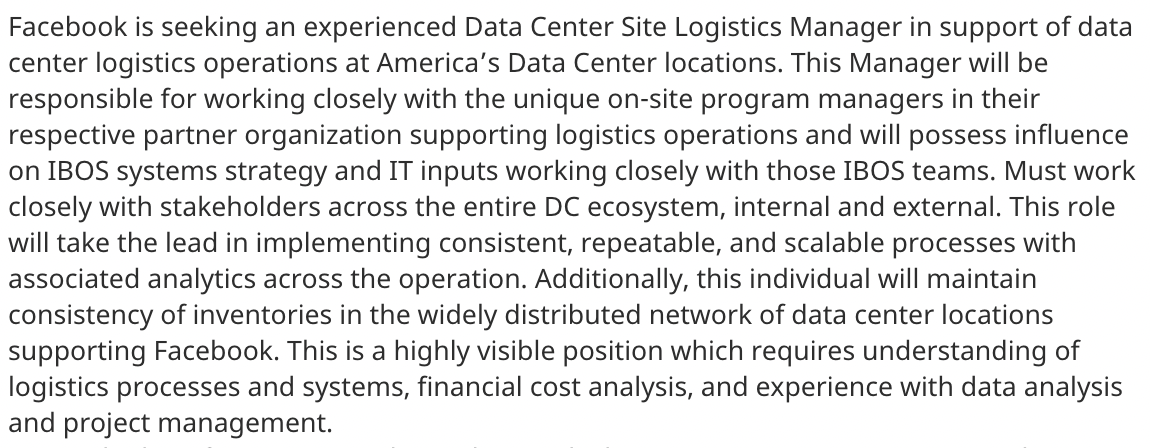
Highlight inclusive benefits and accommodations
Another great way to make your job ads more inclusive is to offer the perks and benefits that matter most to different groups of candidates.
Today’s employees want receipts, not platitudes. By offering benefits that appeal to candidates from all walks of life, you signal to incoming applicants that your organization walks the walk when it comes to DEI.
Consider including financial and work/life perks such as parental leave, comfortable workspaces for neurodiverse talent and people with disabilities, and benefits coverage for domestic partners.
Example: Xylem’s perks-driven inclusive job description
This inclusive job listing from water technology provider Xylem lists the perks of the job, including access to employee networks that provide internal support for diversity and inclusion.
By organically nodding to your internal commitment to DEI, you can help diverse candidates begin to envision themselves in the role and feel more comfortable applying.
As a bonus, this is also great for search engine optimization on your job listings.
For example, this description comes up when you type “LGBT” into Indeed’s search bar. If a potential candidate were actively looking for a company that was supportive of their community, a job listing like this one would be much easier for them to find.
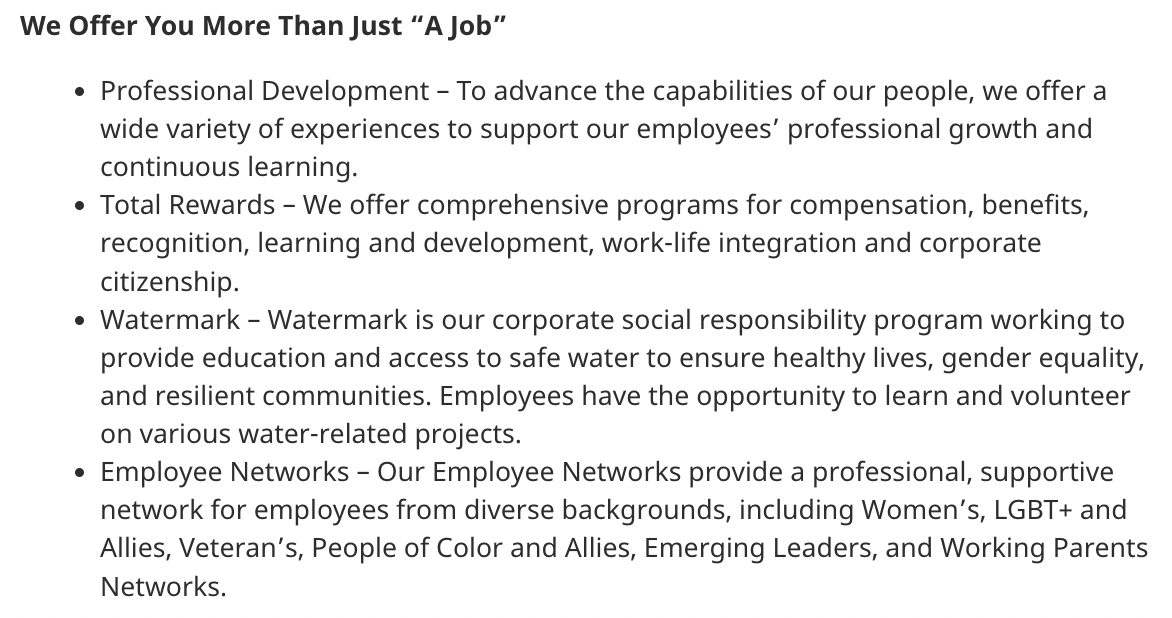
Include an Equal Employment Opportunity (EEO) or fair hiring statement
Last but certainly not least, be sure to include your EEO statement in your job description.
As you likely know, equal employment opportunity is the legally protected right of all people to work and progress based on merit, abilities and potential — and free from discrimination based on race, sex, age, religion, national origin, disability, or veteran status.
You’re probably already familiar with the fact that every EEO statement needs to include the following sentence:
“[Company name] is an equal opportunity employer.”
And by law, employers must also guarantee that every job listing includes a statement of non-discriminatory practices. But when it comes to creating a truly inclusive job description, why stop there?
If you really want to make your job descriptions as inclusive as possible, try integrating language that emphasizes your commitment to diversity and inclusion in your EEO statement.
Consider adding inclusive terms and phrases such as:
- Inclusive environment
- Celebrate diversity
- Free of discrimination and harassment
- Assistance or accommodation due to a disability
- Promote and discharge based on merit
- Mutual respect
Example: Google’s EEO statement comes with an Accommodations for Applicants form
In this example, tech giant Google optimizes its EOO statement for inclusivity by encouraging applicants to fill out an ‘Accommodations for Applicants’ form, which provides a safe space to start the conversation around disabilities and any other special considerations their future workers might require.

The best way to include DEI in a job description? Mean it.
While writing an inclusive job description can bring undeniable benefits to your business, reports show that over 80% of companies are merely going through the motions, without actually holding themselves accountable to DEI policy.
HR professionals have been through a lot, and the temptation to put DEI on autopilot is very real. But no matter how fancy or feature-packed your cloud-based recruiting solution, there’s no amount of HR technology that can do this for you.
And an inauthentic attempt at prioritizing workplace diversity can backfire.
Modern employees, as well as consumers, can sniff out lip-service initiatives from a mile away, and the impact can potentially be devastating to your business.
Here are some ways to keep your message authentic:
- Use inclusive language everywhere. Your advertising, website, internal documentation, etc.
- Provide internal training to communicate your values and expectations around DEI. Provide additional performance management checks to ensure your managers uphold these values.
- Understand the impact of DEI beyond the legal ramifications. Don’t just lean on HR to mediate.
- Ask for feedback and actively listen to what your team has to say.
- Practice what you preach. Set inclusion goals, focusing heavily on diverse groups and leadership development.
At the end of the day, the best advice anyone can give you when talking about attracting and retaining diverse talent is to simply put people first.
And with the right talent acquisition suite, it doesn’t have to be as hard as you might think.
Breezy is the candidate-first applicant tracking system that automatically posts your open roles to all the top diversity job boards and uses applicant-friendly automations to help you screen the right candidates in.
When you’re ready to attract a diverse pipeline of top-quality candidates, Breezy can help. Try it free for 14 days.



